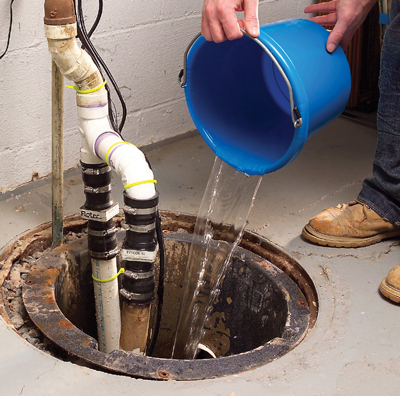
The bucket test
Remove the basin cover and dump in a few buckets of water. If the pump doesn’t run or doesn’t eject the water, you’ve got trouble.
A sump pump is one of the most important disaster-prevention devices in a house. It’s also one of the most ignored; most homeowners don’t discover problems until their basements flood.

Remove the basin cover and dump in a few buckets of water. If the pump doesn’t run or doesn’t eject the water, you’ve got trouble.
IF THE PUMP DOESN’T RUN…
• Make sure the pump is plugged in (sounds dumb, but this a common oversight).
• Plug a radio into the pump’s outlet and make sure it’s live.
• If the outlet is dead, check the breaker in the main panel. If the outlet is a GFCI, push the “reset” button.
• If the pump is getting power but won’t run, you need a new pump.
IF THE PUMP RUNS
but the water level doesn’t drop…
• Check the discharge pipe outside the house. Frozen or plugged pipes block the water flow.
• If the pipe is clear, then replace the pump.
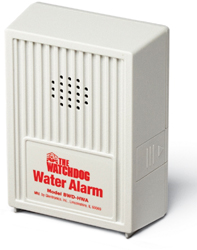
For less than $20, you can get a simple battery-powered alarm that howls if water reaches the top of the basin. But that only helps if you’re at home, so there are also systems that make a phone call or send a text message if the pump fails.
Voice of experience
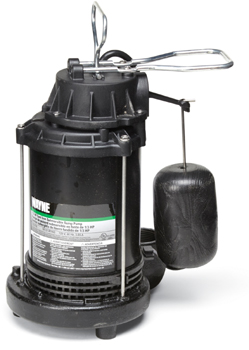
Three days of heavy rain caused a pump-failure epidemic in our region. Every home center and hardware store was sold out. So when our sump pump died, all we could do is watch while our basement filled up. Since that nightmare, I’ve always kept a replacement pump on the basement shelf.
Steve Weller, The Family Handyman Field Editor
Perforated pipes along basement walls carry water to a basin. Rising water in the basin lifts a float, which switches on the pump to force water outside. A check valve in the discharge pipe prevents water from flowing back into the basin.
Wet weather and power failures often go together, so some homes have backup systems. This is an expensive option ($200 and up), but cheap compared to a flooded basement. A backup system will also take over if the pump breaks down.
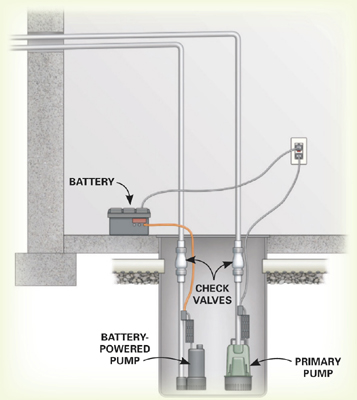
A battery—similar to a car battery—powers a second pump in the basin. A “maintainer” plugged into an outlet keeps the battery at full charge. Typically, the battery will need replacement every five years.
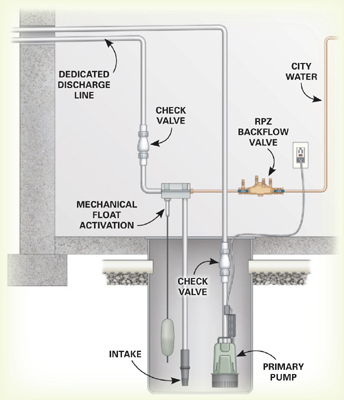
The backup pump siphons water out of the basin using water pressure from the home’s water supply. This will drive up your water bill, but it’s better than a basement flood.